- China Road and Bridge engraves the era of infrastructure cooperation in the African continent
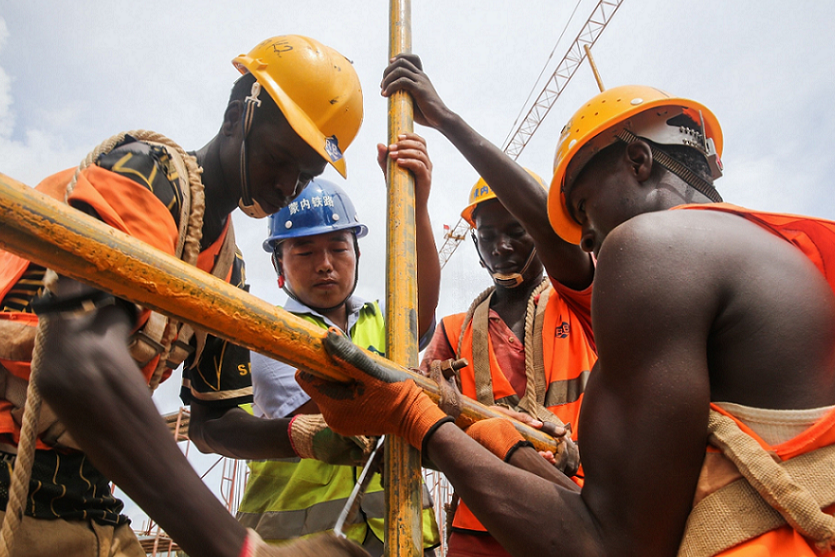
In 1974, when engineers from China Road and Bridge Corporation (CRBC) first set foot in Rwanda to construct its inaugural road, few could have imagined this would mark the beginning of a half-century-long saga of China-Africa infrastructure cooperation. Over the past 50 years, from the highlands of East Africa to the coasts of West Africa, from the Sahara Desert to the Cape of Good Hope, CRBC has delivered nearly a thousand projects across 54 African nations. Through bridges, highways, and ports, it has woven a modern infrastructure network that has profoundly transformed the continent’s economic landscape and development trajectory.
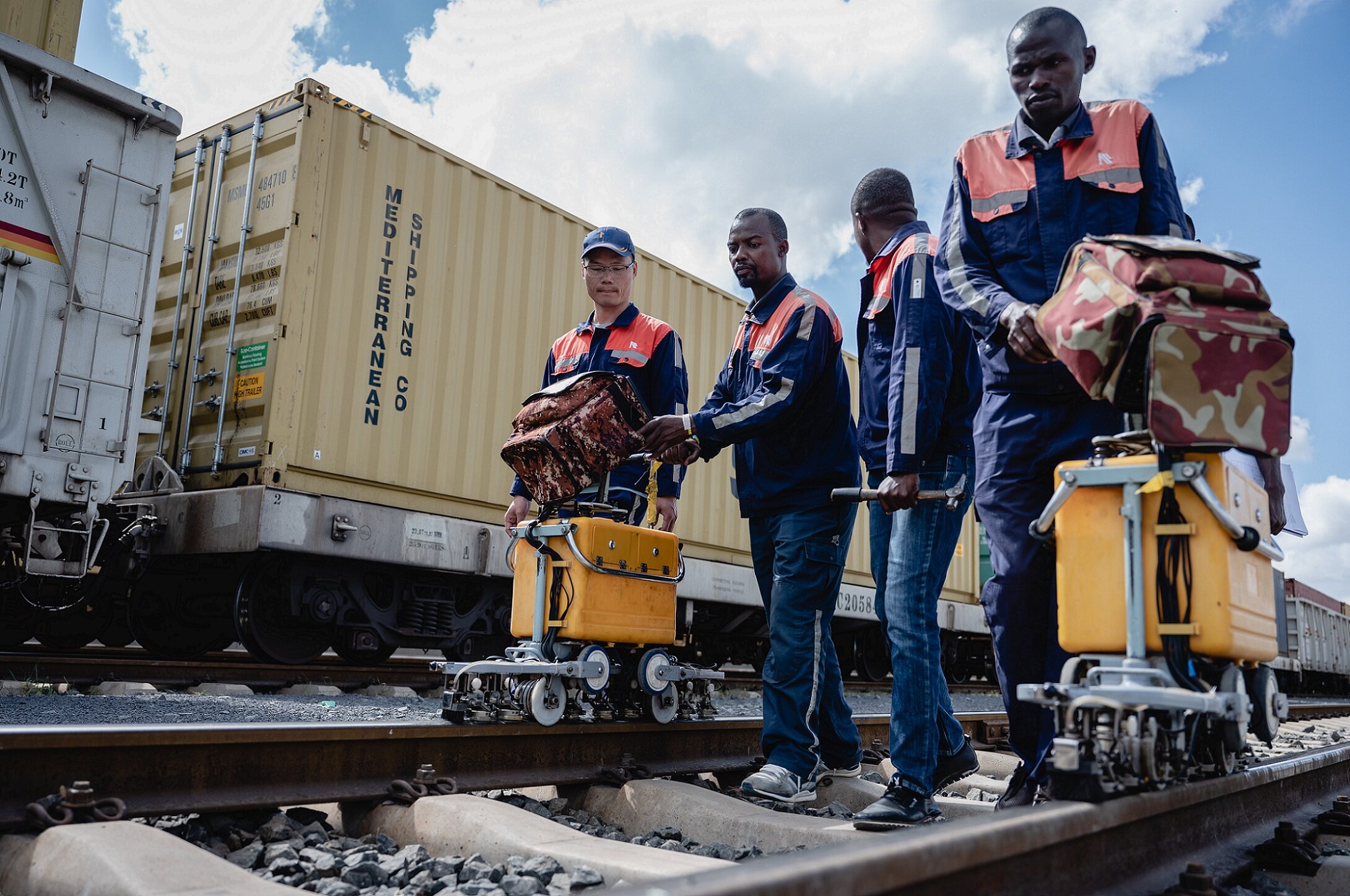
Steel Arteries: Railways Reshaping Africa’s Economic Geography
In Kenya, the Mombasa-Nairobi Standard Gauge Railway (SGR) stretches like a steel dragon across 480 kilometers, linking the Indian Ocean port of Mombasa to the capital, Nairobi. Built with Chinese standards and technology, the railway features 14 wildlife crossings and 79 animal-friendly bridges while slashing freight transit times from over 10 hours to just four, reducing transport costs by 40%. Towns like Voi along the route have been revitalized, evolving from obscurity into bustling tourist hubs—a testament to infrastructure-driven economic transformation. Meanwhile, in Senegal, the Thiès-Touba Highway, the country’s first Chinese-funded expressway, serves as a 113-kilometer "golden corridor," accelerating regional integration by connecting economic centers with spiritual capitals.
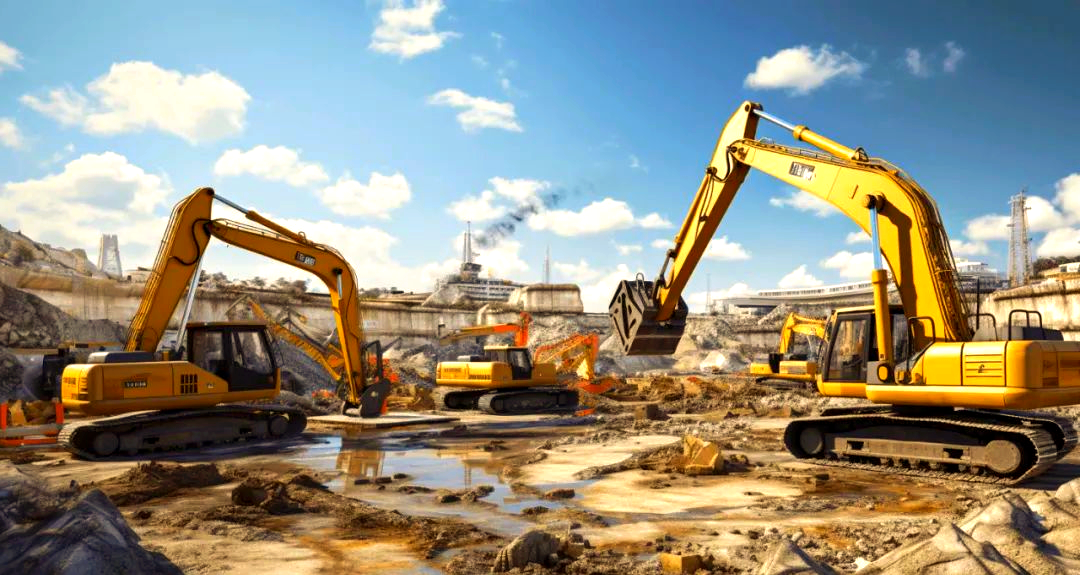
Gateways of Prosperity: Ports Unlocking Trade Potential
On West Africa’s coastline, Mauritania’s Friendship Port stands as the nation’s "economic lifeline," handling 90% of its imports and exports. Expanded by CRBC in 2010, the port now boasts an annual throughput exceeding 4 million tons and has generated over 5,000 jobs. In southeastern Africa, Mozambique’s Maputo Bridge—Africa’s largest suspension bridge with a 680-meter main span—has cut cross-border travel from eight hours to 30 minutes, boosting South Africa-Mozambique trade by 25% annually. These landmarks embody the adage, "To prosper, first build roads," opening global market access for African nations.
Green Transition: Clean Energy Illuminating the Future
In the 21st century, CRBC has expanded into green infrastructure. Botswana’s 4 MW solar plant in Molepolole reduces CO₂ emissions by 4,200 tons yearly while powering 3,000 households. From Kenyan geothermal projects to Sahara solar initiatives, CRBC has secured 17 renewable energy contracts totaling 83 MW—marking a historic shift from traditional to sustainable development cooperation and showcasing Sino-African solidarity in combating climate change.
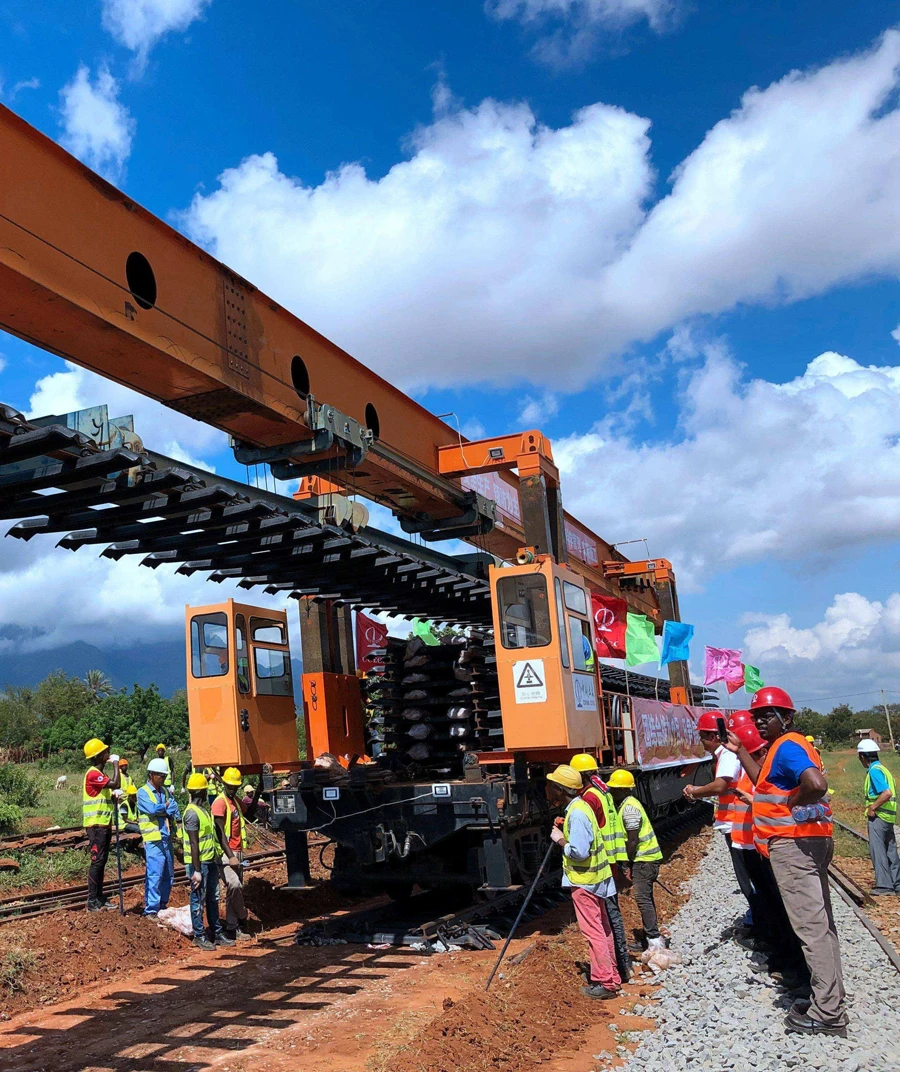
Five decades of perseverance have seen CRBC forge not just engineering marvels but a legacy of mutual prosperity. From labor exchanges to technology transfer, from single projects to full-industry-chain collaboration, China-Africa infrastructure cooperation is entering a new chapter. As Kenyan President William Ruto noted, "These infrastructures built with China’s help are turning the African dream into reality." With the Belt and Road Initiative and Africa’s Agenda 2063 deepening synergy, this partnership will continue powering the continents rise.(This article is from the official website of Seetao www.seetao.com. Reprinting without permission is strictly prohibited. Please indicate Seetao.com + original link when reprinting) Seetao.com Strategy Column Editor/Sun Fengjuan
Comment
 Praise
Praise
 Collect
Collect
 Comment
Comment
 Search
Search



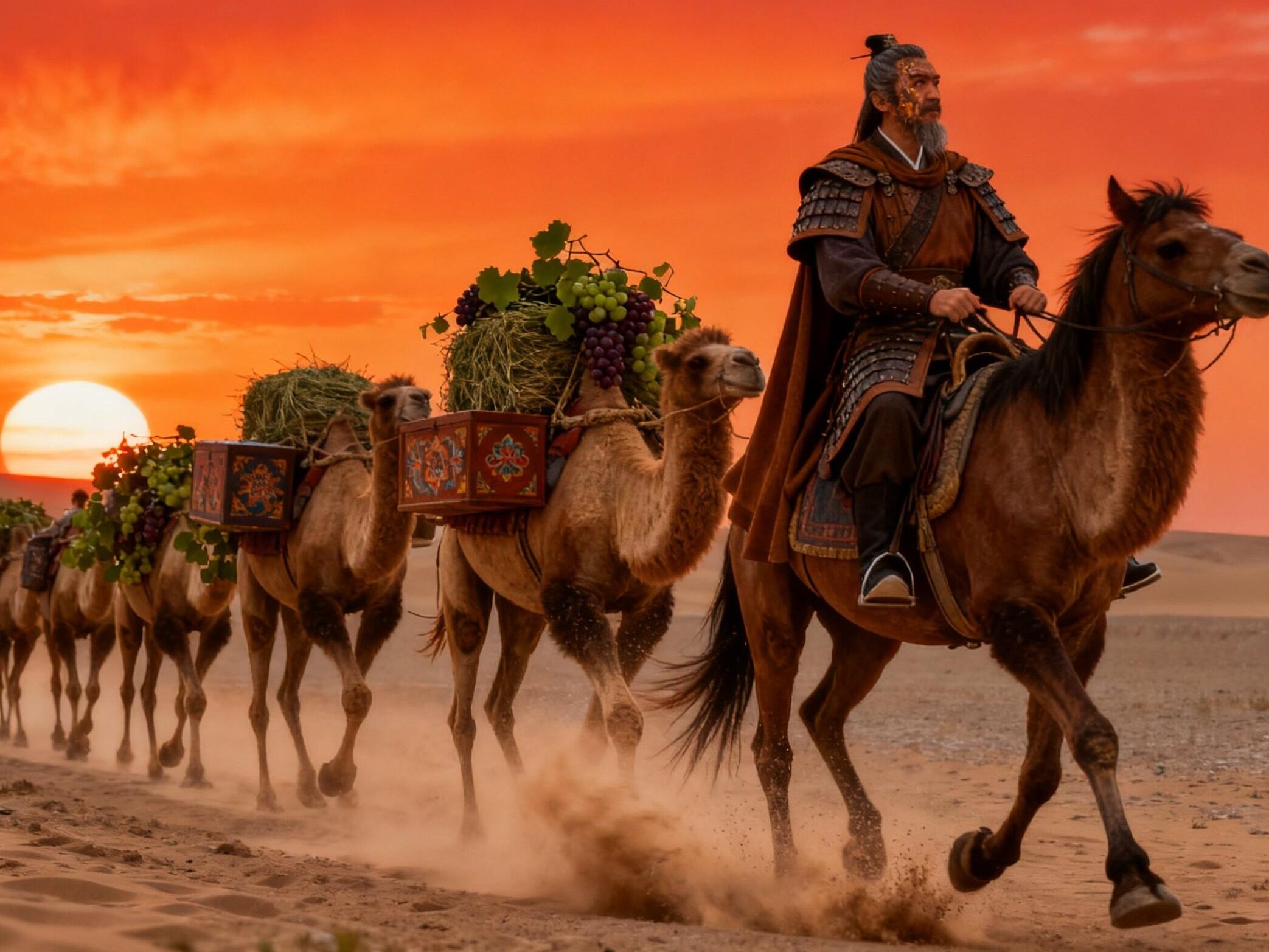
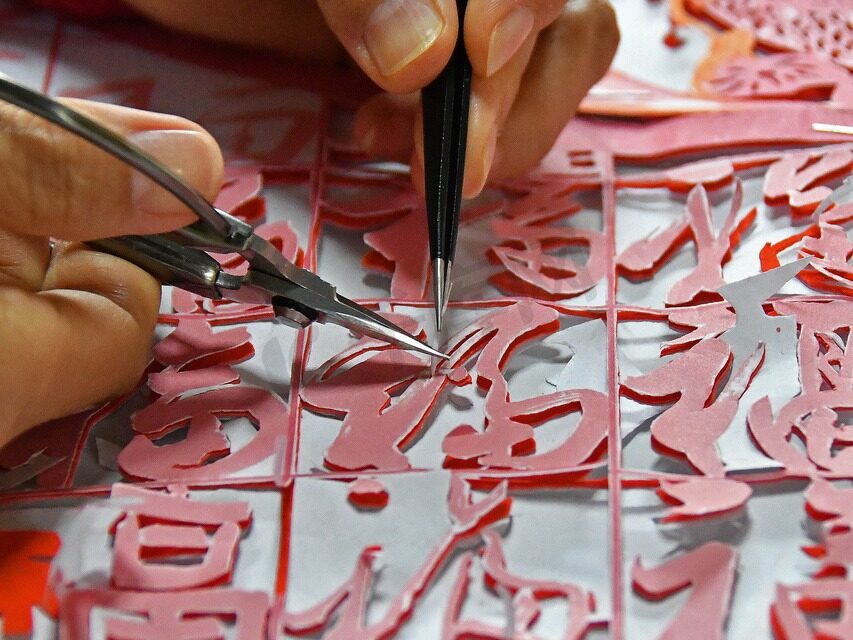
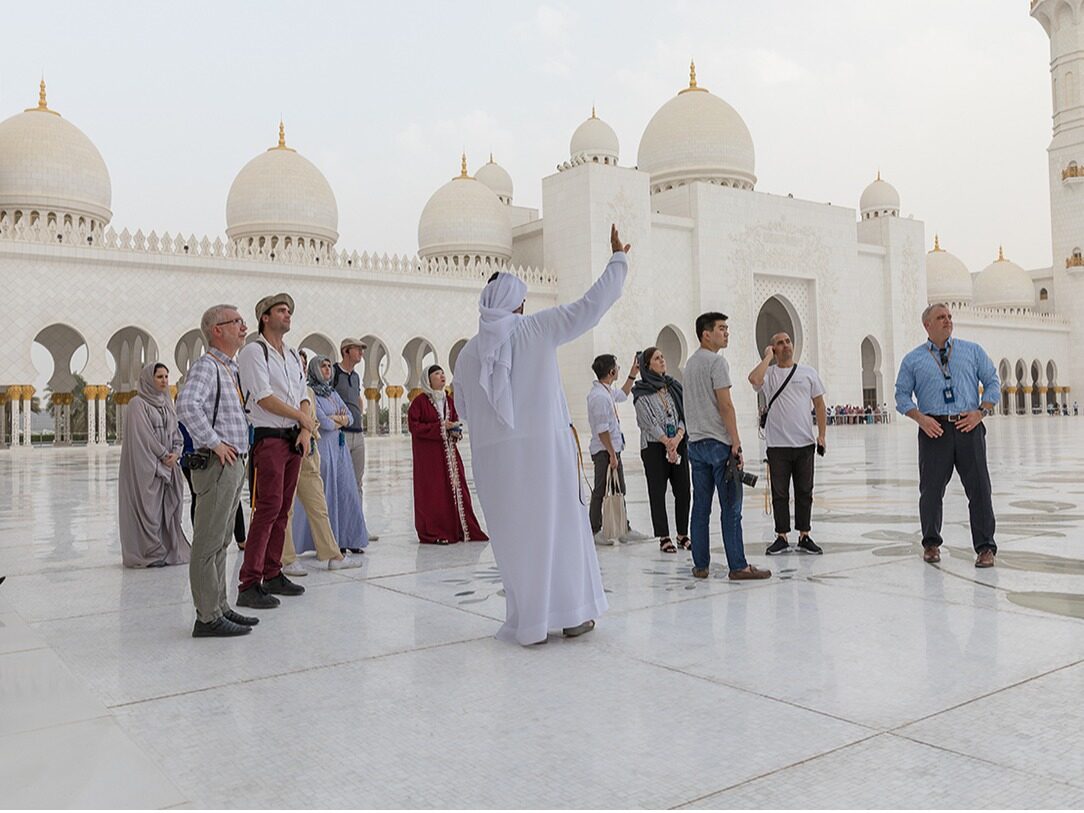
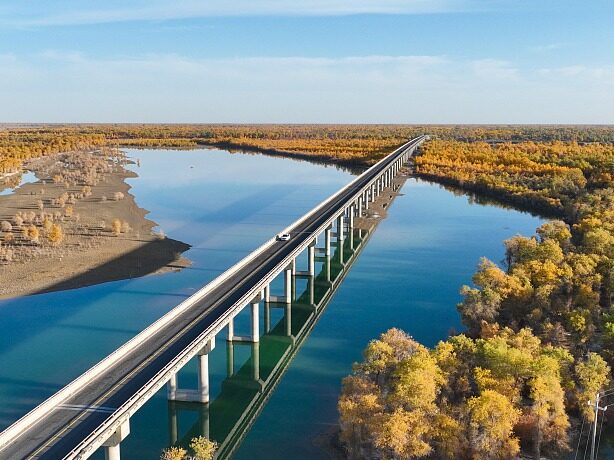







Write something~